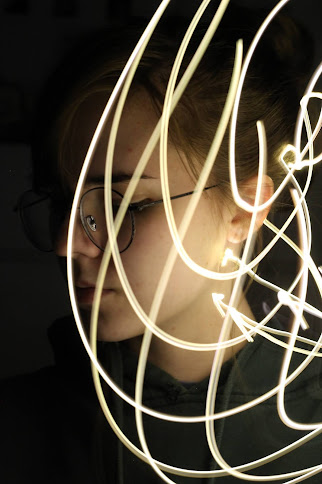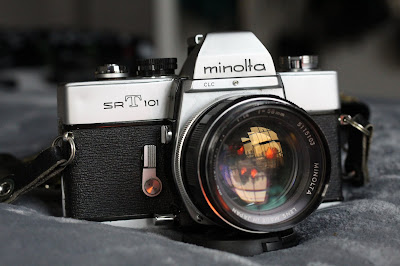The Art of the Long Exposure
Long exposure photography is almost always eye catching - but only if done correctly and effectively. We've all seen the long exposures of cars with the headlights creating shapes in the dark. This blog post will be a quick tutorial on how to accomplish such a photo, either cars or other subjects.
The most important aspect of long exposure photographs is the shutter speed. In order to capture the blurry lights effect, the camera shutter must be open for most than a fourth of a second. You'll have to adjust all your other settings in order to have a balanced exposure. For example, if you use a shutter speed of half a second, your f-stop (how open the lens is) should be about f/5.6. Another option is to use a setting on the camera where it allows you to choose the shutter speed, and it will accommodate the other settings respectively.
To capture the photograph, use a tripod. This is the second most important part of long exposure photography. You want to ensure that the only thing moving in your frame is the subject with the lighting. Otherwise the background of the shot will be blurry as well. Using a long shutter speed will make camera shake more likely. Camera shake is when your hands shake the camera while holding it during the exposure.
Keep those two things in mind, and you're ready to try some long exposure photography!
Now I'll show some of my personal work including long exposures.
With this one, I pose for a self portrait while swinging some string lights near my face and the camera lens. I am in a pitch black room with only the lights there to illuminate my face. My settings for this were 1/2 second shutter speed, and an f-stop of f/5.6.
This long exposure is a bit different because I am not blurring a light source, I am blurring a subject. To accomplish this photograph I moved the camera myself. This caused the dock to look like it was fading away. There are more possibilities to long exposure than just lights! Settings for this one were 0.3 second shutter speed and f/13.
Here is one final example of a long exposure. This shows another example of blurring the subject rather than just lights. Here I had my subject shake his head back and forth while I capture the exposure. This caused his face to be blurry while the background is clear. My settings were 1/10 second exposure with f/16.






Comments
Post a Comment